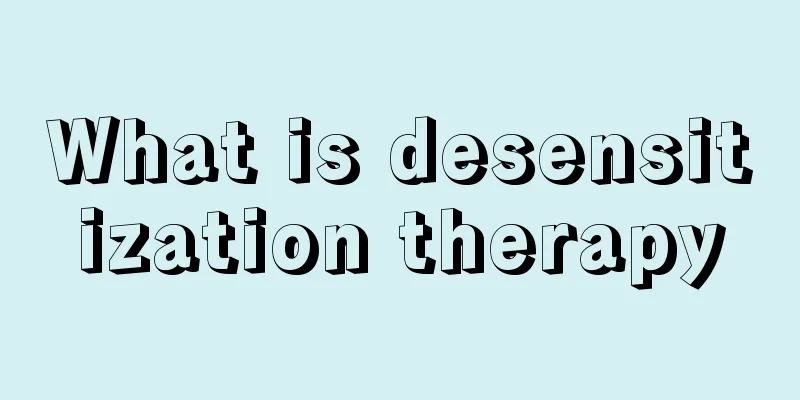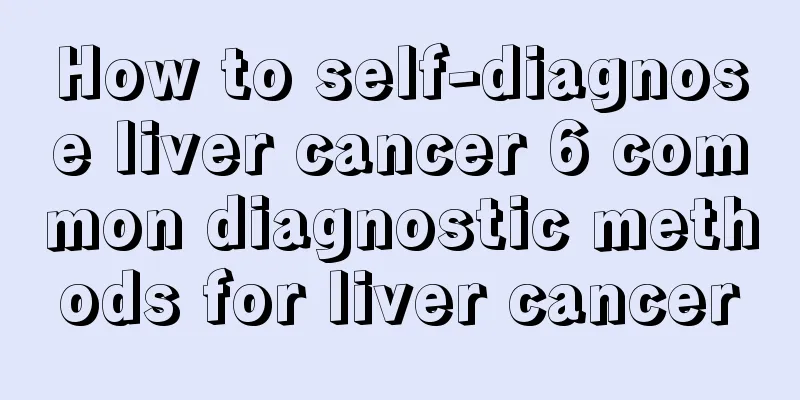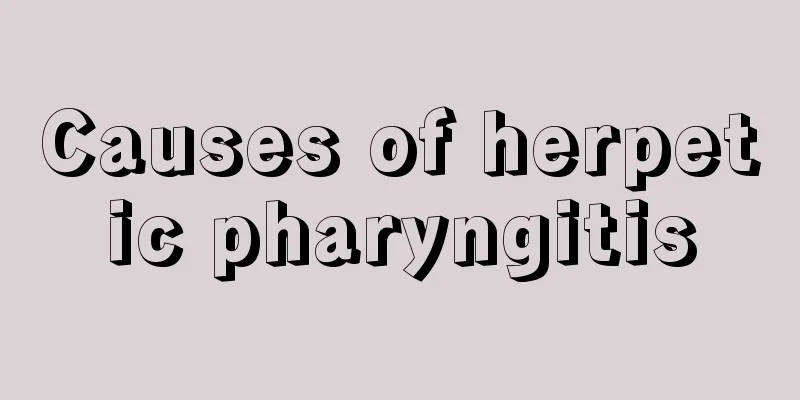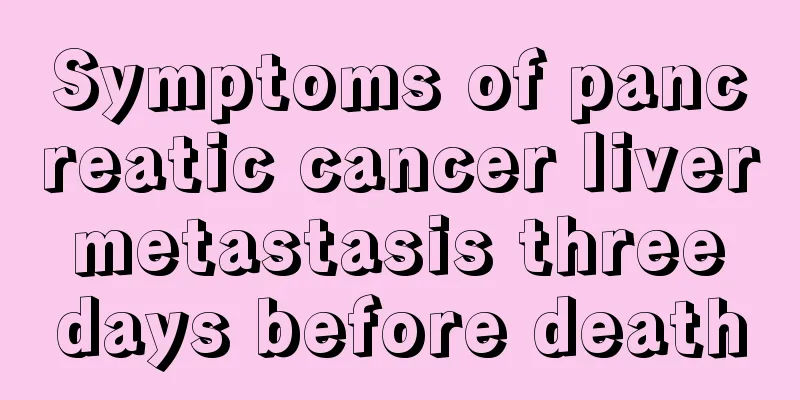What is desensitization therapy

|
If you have ever suffered from an allergic disease, you have undoubtedly heard of allergy treatment. However, due to certain factors, this treatment method has not yet been promoted, and many people still remain skeptical about it. So what exactly is desensitization therapy? Who is suitable for desensitization therapy? In fact, desensitization therapy is a method specifically used to treat hyperallergic reactions. This method not only uses a relatively small amount, but can also be injected multiple times to avoid or alleviate allergies. What is desensitization therapy? Desensitization therapy, that is, standardized specific immunotherapy, is the only causal treatment method in the World Health Organization's "four-in-one" treatment system for allergic diseases that can change the immune mechanism. The principle is that after correctly detecting the type of the patient's allergen (allergen), the allergen is made into an allergen extract and formulated into preparations of various concentrations. It is repeatedly exposed to the patient through subcutaneous injection or sublingual administration or through other routes of administration. The dosage is increased from small to large, and the concentration is increased from low to high. After reaching the maintenance dose, a sufficient course of treatment is maintained to improve the patient's tolerance to the allergen. When the patient is exposed to the allergen again, the allergic phenomenon is alleviated or no allergic phenomenon occurs again. Allergen preparations commonly used in hospitals include mites (house dust mites, dust mites), allergenic pollens (such as wormwood), and pet hair dander (cats, dogs), etc., which are mainly used for desensitization treatment of allergic rhinitis, allergic asthma and allergic dermatitis. Who is suitable for desensitization treatment? Generally speaking, doctors should make an accurate diagnosis of patients before recommending desensitization treatment. The main contents include the following four aspects: 1. Whether the patient has a type I allergic reaction disease connected to IgE, that is, whether it is allergic rhinitis (with conjunctivitis), allergic asthma, hymenopteran insect venom allergy, atopic dermatitis and food allergy; 2. Patient's medical history: mainly to understand whether the patient has a family history of allergies; 3. Patient's clinical symptoms and signs: common symptoms include constant sneezing, runny nose, nasal congestion, red eyes, itchy eyes, etc.; 4. How are the specific laboratory indicators: usually the skin provocation test (SPT) needs to be greater than or equal to 2 "+", and SIgE detection is greater than or equal to level 2. Patients who meet the above four points have met the basic conditions for receiving desensitization treatment. |
<<: What are the disadvantages and advantages of washing your face with white sugar?
Recommend
Eating dates regularly can improve the three high diseases and sub-health status
Dates can provide essential nutrients, prevent nu...
Can protein break down fat?
Protein can play a very important decomposition r...
How to delay eye aging?
Eyes are the windows to the soul. As we age, our ...
About the medicinal diet therapy for colorectal cancer
As the number of patients with colorectal cancer ...
What is montmorillonite? Professionals are here to introduce!
There are many names for the stone called montmor...
After knowing this, my mother no longer has to worry about me using the air conditioner
In the summer, the temperature is high and the su...
What supplements are good for cerebral infarction? It turns out there are these 6 kinds
Cerebral infarction is a disease with a relativel...
The advantages and disadvantages of hula hooping
Hula hooping is a relatively good fitness method....
Dietary taboos after chemotherapy for ovarian cancer
Ovarian cancer is a common tumor in women. Like o...
Tips for cleaning grease stains on electric baking pan
Nowadays, more and more people like to make all k...
What causes acute leukemia and what are its symptoms
Acute leukemia is a type of tumor that originates...
Symptoms after being bitten by red fire ants_What are the symptoms after being bitten by red fire ants
Red fire ants not only attack humans, but can als...
What should I do if my knee hurts after a fall
There are many joints in the human body. Only whe...
The best way to enlarge breasts after breastfeeding
The reason why many mothers are unwilling to brea...
For bloodshot eyes, should you use cold or hot compress? Choose according to the situation
Bloodshot eyes are a very common phenomenon. Many...









